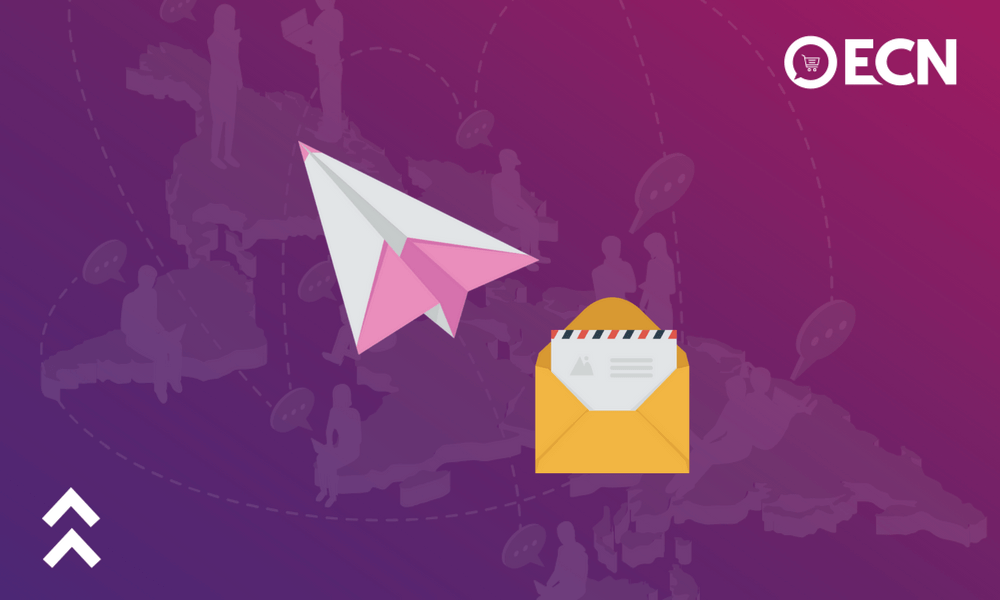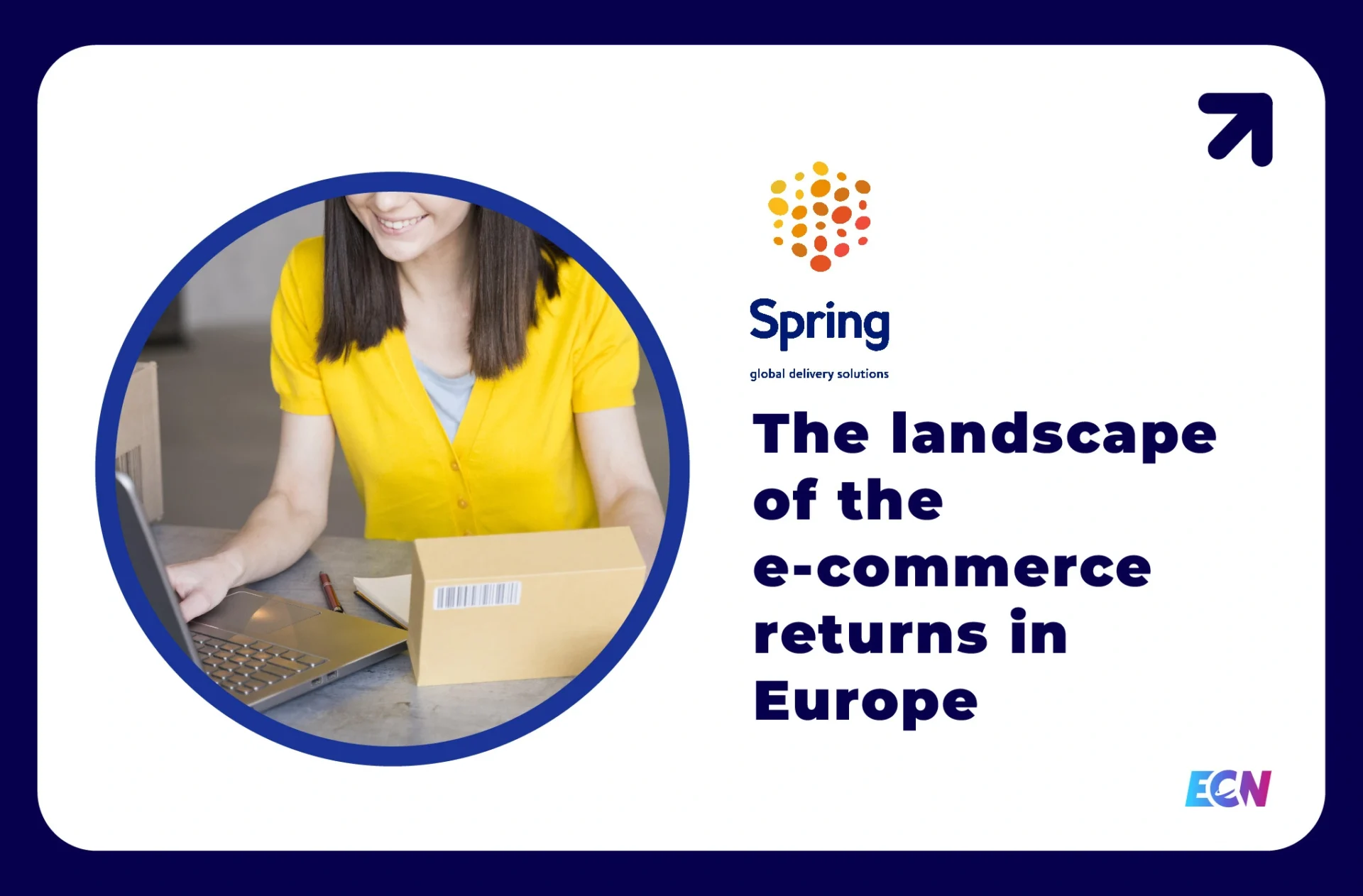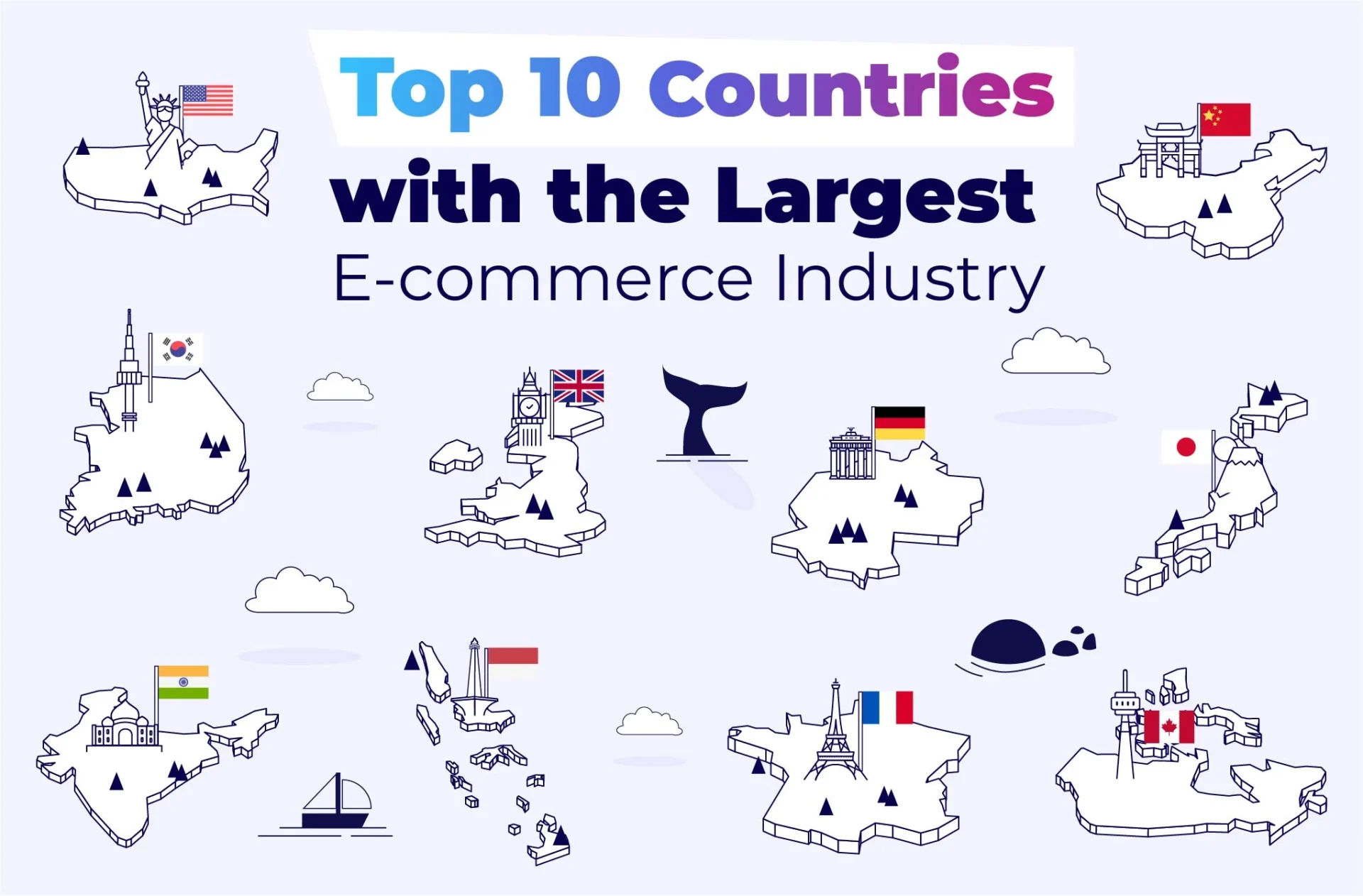The underestimated platform of digital marketing, E-mail can be the most profitable tool for E-commerce. Even in 2016, E-mail marketing still proves to be one of the best ways to communicate with customers via newsletters, post-purchase follow up E-mails, calls to action for inactive customers, and offers on new promotions. The amount of people who use E-mail is astounding: 2.6 billion people currently use E-mail (for reference, there are currently 3 billion people in the world with access to the Internet), and it’s expected to climb to 2.9 billion by 2019. The numbers don’t lie- despite what many would consider relatively poor results (low rates of open, click-through, and even lower conversion), E-mail has one of the best ROI of all digital marketing strategies, and here’s why it should be a part of your strategy
Email has one of the best ROI of all digital marketing tactics, and here’s why it should be a part of your strategy.
E-mail has an important impact on consumer behaviour, with 81% of US consumers more likely to make a purchase based on E-mail marketing targeted at previous buying behaviours. This means sending a promotional E-mail to a customer based on an article that they’ve wish listed or a previously bought article. Using the information you already have on your customers is the key to being able to suggest articles that they would also like and improving conversion rates.

Consumers generally prefer to receive communication via E-mail with special offers and promotions at least once per week, and 28% of consumers said that they would like more. However, there is certainly a fine line for the frequency at which E-mail marketing is used.
How does E-mail marketing work for E-Commerce?
E-Commerce has the most success with E-mail marketing (after the public sector and online services) with a global E-mail open rate of 15%. Marketers see the value of E-mail marketing, with 88% counting a positive return on this typically low investment digital marketing tactic. E-mail marketing isn’t just for customer retention and loyalty. In fact, E-mail marketing for E-commerce tends to be 40 times better at acquiring new customers than both Facebook and Twitter. This is even more relevant for B2B marketing, with 31% of marketers reporting that E-mail marketing has the highest impact on their sales and lead generation.
E-mail marketing for E-commerce tends to be 40 times better at acquiring new customers than both Facebook and Twitter.
With the benefits of E-mail marketing, it’s no surprise that 80% of content marketers use E-mail marketing. It’s also important to note that 53% of all E-mails are opened on mobile, and it’s shocking to know that only 17% of marketers admit they have no mobile E-mail strategy in place. While 34% of marketers know the basics of mobile E-mail optimization, only 21% have a thought-out strategy in place. E-mail marketing needs to be optimized for the platform more than half of the users are going to be using.
Sending E-mails too frequently is the easiest way to have a customer unsubscribe to newsletters (which only 23% of customers open) and company communication. Others also said to unsubscribe based on repetitive or boring content– which pushes companies to provide fresh content for each E-mail. Using video content in E-mail marketing can be especially effective: just using “Video” in the subject title can jump the open rate to 19%, while using a video in the E-mail boosts click-through rate to 65%. Users find video content refreshing, as it diminishes unsubscribes by 19%. E-mails should be visual, with relevant images to appeal to your customer (but not so many that your message is lost).

While it might seem like a good idea to ask for only an E-mail address at sign-up, you lose to the opportunity to personalize your E-mail marketing. A personalized subject offers a 49% increase in transaction rates for an E-commerce and overall revenue per E-mail by 73%. However, only 35% of brands personalize their subject lines. While it’s an effective tactic, there is such a thing as too much of a good thing: using personalized subject lines for every E-mail can become repetitive. It’s best to save them for important E-mails, like a welcoming, and call-back E-mails.
Personalized subjects jumps revenue per E-mail by 73%, but only 35% of brands personalize their subjects.
E-mail marketing can be a useful tool in recovering inactive customers and customers who have abandoned their carts. While newsletters tend to have a generally low open rate (and an even lower click and conversion rate), inactive customers open commercial E-mails at a rate of 38.9%. They also have a higher tendency to click through at nearly 20%, and their conversion rate is nearly double that of newsletters. This would be an effective time to use a personalized subject line to reach out to your customer.
For those who abandoned their cart, the open rate for a recovery E-mail is over 46%. Sending a follow-up E-mail to customers who’ve abandoned a pending purchase helps drive the customer to finish the sale. Try sending customer reviews for the item they left in their cart, or even a discount to some of your more loyal customers. These E-mails have a 5% conversion rate and are by far the most successful of E-mail marketing tactics. Order follow-up E-mails are seen today as a standard of E-commerce customer service. They also tend to do well with customers and are opened at a rate of 46%, with an overall conversion rate of 5%.

E-mail marketing offers an opportunity to connect with your customer on a 1 to 1 basis, which is a great way to foster brand loyalty. By offering fresh, relevant content, targeting your E-mails based on previous purchase behaviour (or abandoned carts), you can help drive conversions and communicate with your customers effectively. E-mail marketing is far from obsolete and should be a significant part of any digital marketing strategy.
How has E-mail marketing worked for you? Have any tips that we didn’t mention? Leave a comment below or tweet us.





